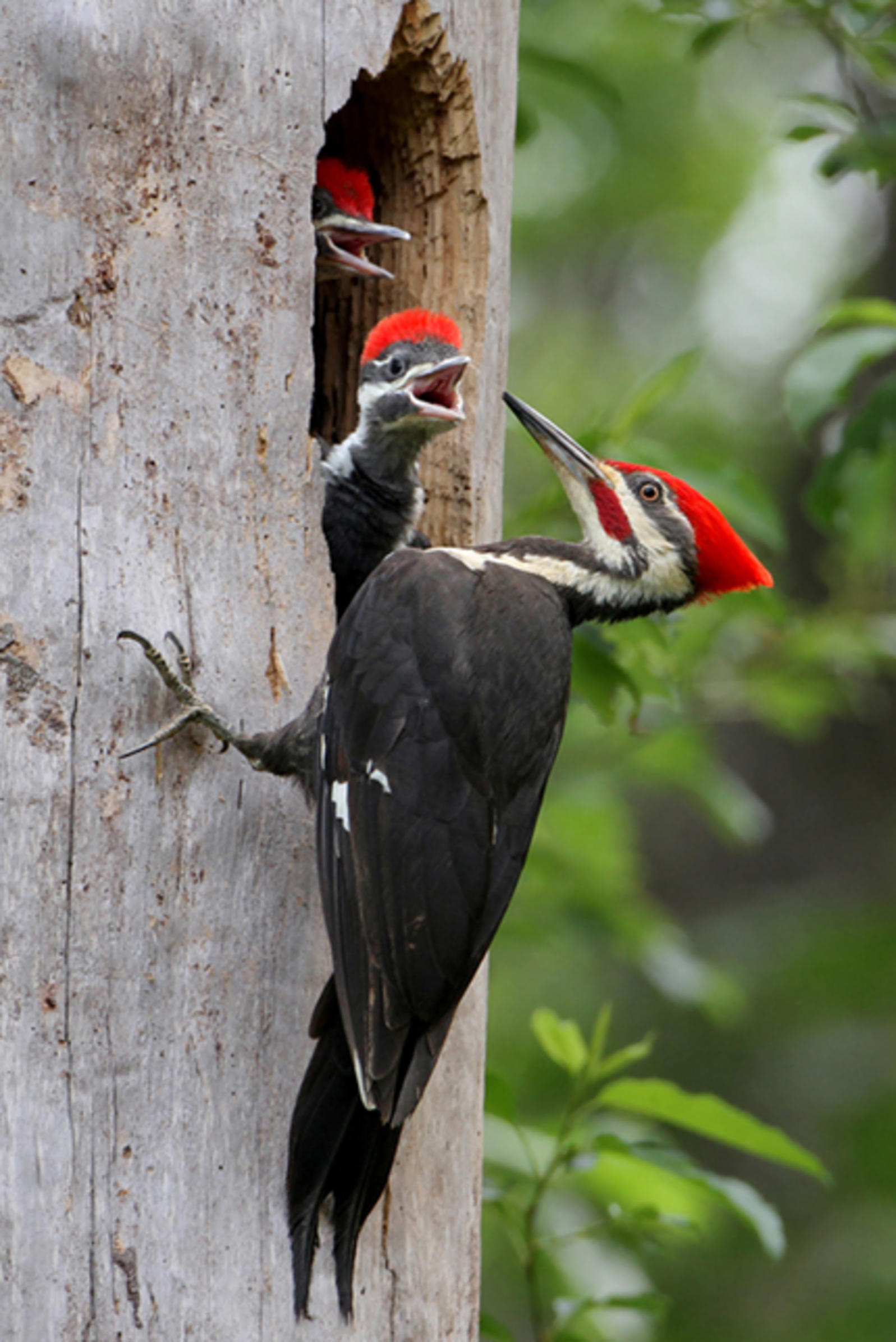
Black woodpecker Patch#
pubescens ( Linnaeus, 1766) – southeast USAĭescription The female lacks the red patch on the back of the headĪdult downy woodpeckers are the smallest of North America's woodpeckers, but there are many smaller species elsewhere, especially the piculets. leucurus ( Hartlaub, 1852) – Rocky Mountains (southeast Alaska to southwest USA) turati ( Malherbe, 1860) – central Washington to central California gairdnerii ( Audubon, 1839) – west Oregon to northwest California fumidus ( Maynard, 1889) – southwest Canada and west Washington medianus ( Swainson, 1832) – central Alaska to east Canada and central and east USA glacialis ( Grinnell, 1910) – southeast Alaska Why they evolved this way cannot be explained with confidence it may be relevant that the species exploit rather different-sized foodstuffs and do not compete very much ecologically. ĭespite their close resemblance, the downy and hairy woodpeckers are not very closely related the outward similarity is an example of convergent evolution. Within the genus, the downy woodpecker is sister to a clade containing Nuttall's woodpecker ( Dryobates nuttalli) and the ladder-backed woodpecker ( Dryobates scalaris). In the revised generic classification, the downy woodpecker was placed with four other species in the resurrected genus Dryobates, that had been erected in 1826 by the German naturalist Friedrich Boie with the downy woodpecker as the type species. The downy woodpecker was usually placed in either Dendrocopos or Picoides, but a molecular phylogenetic study published in 2015 found that these genera did not form monophyletic groups. Linnaeus specified the type locality as America septentrionali (North America) but the locality is now restricted to South Carolina. The specific epithet pubescens is the Latin for "pubescent" or "downy". When in 1766 the Swedish naturalist Carl Linnaeus updated his Systema Naturae for the twelfth edition, he included the downy woodpecker, coined the binomial name Picus pubescens and cited Catesby's book. The downy woodpecker was described and illustrated with a hand-coloured plate by the English naturalist Mark Catesby in his The Natural History of Carolina, Florida and the Bahama Islands, which was published between 17. They can be distinguished from hairy woodpeckers by their black-spotted white tail feathers and a shorter bill. The smallest of North America's woodpeckers, downy woodpeckers are mainly black and white, with adult males having a red patch on the back of the head. Seven subspecies of the downy woodpecker are recognized, inhabiting different regions across North America. The downy woodpecker is very similar in appearance to the hairy woodpecker, although they are not closely related.Their resemblance is a result of convergent evolution. Downy woodpeckers are native predators of the European corn borer, contributing to controlling this invasive species. The bird nests in tree cavities and feeds primarily on insects, although it supplements its diet with seeds and berries.

Downy woodpeckers primarily live in forested areas throughout the United States and Canada, with the exception of deserts in the southwest and the northern tundra. Length ranges from 14 to 18 cm (5.5 to 7.1 in). No hatred, bigotry, racism, or other uncivil behavior.The downy woodpecker ( Dryobates pubescens) is a species of woodpecker, the smallest in North America. Links to articles should also include some discussion about the article.īe Civil. Make sure your contributions are about birding and engaging with this community, not promoting yourself. One link in a comment to your social media page is allowed.

We love seeing interesting facts or observations too! Your post should include the common name of the bird, the location, and date – either in the title or a comment. Articles can be posted for discussion, however the poster must also comment with their perspective on the article.Īdd Context to Photos. Any photos must have been taken by the person posting them.

If you are unable to contact a wildlife rehabilitator, please go to r/WildlifeRehab for further advice. If you believe the bird is injured or needs human intervention, contact a local wildlife rehabilitator ( ). Young, feathered fledglings outside the nest are normal and common, and may not be able to fly well yet – they should generally be left alone. Baby birds without feathers should be returned to the nest. No “birds aren’t real” posts, and all posts must be directly related to wild birds or the hobby of birding.
Black woodpecker mods#
Exceptions for researchers who are banding birds, or licensed wildlife rehabilitators (proof must be submitted to mods through modmail before posting)īirding Content Only. Follow ethical birding & bird photography behaviors as outlined by the Cornell Lab of Ornithology and the Audubon Society (see pinned post). whatever you want to call it, if you are looking at or listening to birds you should be frequenting /r/birding.įollow Ethical Birding Behavior.


 0 kommentar(er)
0 kommentar(er)
